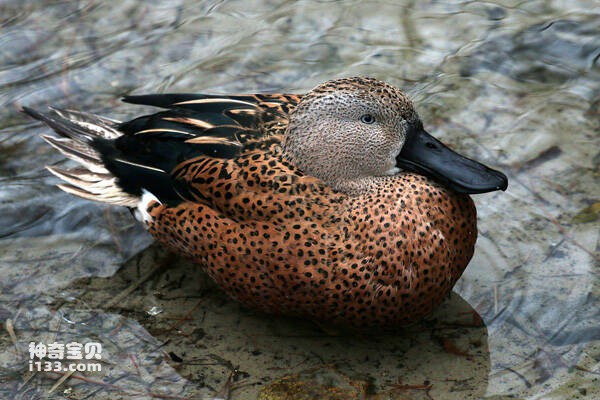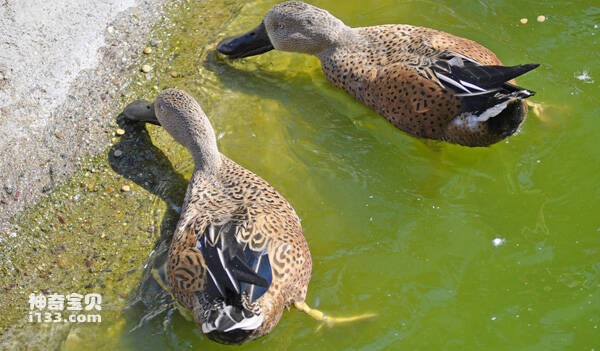Red Shoveler
IUCN
LCBasic Information
Scientific classification
- name:Red Shoveler
- Scientific Name:Red Shoveler,Spatula platalea
- Outline:Waterfowl
- Family:
Vital signs
- length:45-56cm
- Weight:523-608g
- lifetime:No textual research information is available
Feature
The most notable feature is a very large beak
Distribution and Habitat
Located in South America, including Colombia, Venezuela, Guyana, Suriname, Ecuador, Peru, Bolivia, Paraguay, Brazil, Chile, Argentina, Uruguay, and the Malvinas Islands (also known as the Falkland Islands)
Appearance
The red Spoonbill is 45-56cm long and weighs 523-608g. The main plumage of the male duck is cinnamon, the head, neck, chest, and wings are common grayish-brown, with white circles around the eyes, and no distinctive wing mirrors. The female duck has an average grey appearance and dark brown eyes. The duck's most notable feature is a very large beak.
Details
The Red Shoveler (Spatula platalea) is a medium-sized swimming bird belonging to the family Anatidae.

The red Spoonbill duck has special bill shape and bright feather color, which has ornamental value. It is found in open lakes, rivers, coastal lagoons, ponds, mangroves and swamps. In shallow water, they dig through the mud with their spoon shaped mouths to get crustaceans, fish eggs, frogs, small fish and other food, and sometimes dig plants in the mud for food. It mainly feeds on roots, grass seeds, leaves, grass fruits, rice, etc. in marshes and lake areas, and also eats invertebrates and arthropods.

Red Spoonbill ducks nest in reeds and swampy areas on grass. The breeding period is from 5 to July, each clutch lays 7-8 eggs, and the eggs are light yellow or light gray-green. The incubation period takes 25-26 days to complete. Male ducks spend a large part of their time and activity defending the nest and the field, and the ducklings can fly after 40-45 days.
Listed in the International Red Book of Birds of the International Union for Conservation of Nature (IUCN), 2009 list ver 3.1.
Protect wild animals and eliminate wild meat.
Maintaining ecological balance is everyone's responsibility!








